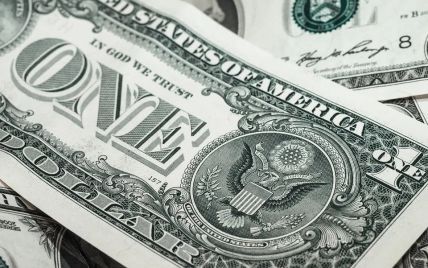
The U.S. dollar is falling against the euro, yen and pound in trading on Friday.
The euro/dollar pair is trading at $1.0647 as of 8:07 a.m. KSC on Friday, down from $1.0629 at the close of the previous session.
The pound is trading at $1.2204 by that time against $1.2179 the day before.
The cost of dollar in pair with the yen decreased to 137.25 yen, compared to 137.77 yen at the end of previous trades.
The ICE index showing the dollar’s movement against six currencies (euro, Swiss franc, yen, Canadian dollar, pound sterling and the Swedish krona) was losing 0.17%, while the broader WSJ Dollar Index lost 0.23%.
Traders continue to assess the outcome of meetings of the world’s major central banks.
The U.S. Federal Reserve (Fed) on Wednesday expectedly raised its key rate by 50 basis points, and central bank leaders revised upward their forecast for the rate level by the end of 2023. According to the new forecast, the rate will peak at 5-5.25%.
In addition, during the traditional press conference, Fed Chairman Jerome Powell repeatedly hinted that the Fed does not intend to proceed with rate cuts until at least early 2024.
On Thursday, the European Central Bank and the Bank of England followed suit and also raised their rates by 50bp.
Investors also analyze the statistical data published the day before from the USA that showed a bigger-than-expected decline of retail sales and an unexpected drop of industrial production in November.
U.S. retail sales in November decreased by 0.6% compared to the previous month, said the U.S. Department of Commerce. It’s the biggest drop since the beginning of the year, Trading Economics noted.
Analysts polled by Bloomberg had expected a decline of 0.2%, while Trading Economics had forecast a 0.1% decline.
Industrial production in the U.S. in November decreased by 0.2% compared with the previous month, while analysts had expected growth of 0.1%. In annual terms industrial production increased by 2.5%.
The statistical data that did not meet expectations increased fears that the Fed’s tight monetary policy could already begin to exert downward pressure on the economy, Trading Economics wrote.